
Table of Contents
Custom Web Application Development : A Complete Guide
What is Custom Web Application Development?
A software solution specifically altered and built according to unique business needs is referred to as a Custom Web Application. Custom application development gives your business full control over its application’s design, functionality, and scalability. This allows custom apps to acclimatize and evolve as per the requirement changes over time. These apps are designed to ladder with the upscale of the business, accommodate increasing demand, and integrate with emerging technologies.
Custom app development provides finer security and data privacy than readily available solutions. Organizations often use strong security measures tailored to clients’ needs. This protects sensitive data and keeps them compliant with industry regulations. Custom app development applications encompass a spectrum that ranges from normal web pages to polished web-based software solutions. They are designed to meet a variety of objectives across multiple industries and cater to diverse user demographics.
Why Choose Custom Web Application Development?
The main objective of the custom app improvement is to deliver a solitary and tailored answer that exactly blends in with the enterprise’s business techniques, workflows, and agendas. By upscaling a custom app, organizations and institutions can improve effectively, streamline operations, raise manufacturing, and benefit from a competitive area in the market. Customized developed apps are created to focus on peculiar issues and leverage specific opportunities in a particular industry or discipline. With custom software development, organizations can have overall management over the scalability, design, and functionality of their applications. This allows them to develop and amend as per their desired changes throughout time. It is viable to generate custom apps that will work with rising tech, develop with our corporation, and fulfill their ever-increasing consumer base. Differentiated from off-the-shelf options, custom app development offers superior safety, information privacy, and data privacy. To administer robust security measures and tailor them to their specific wishes, organizations can protect sensitive records and preserve compliance with the native industry.
Types of Custom Web Applications
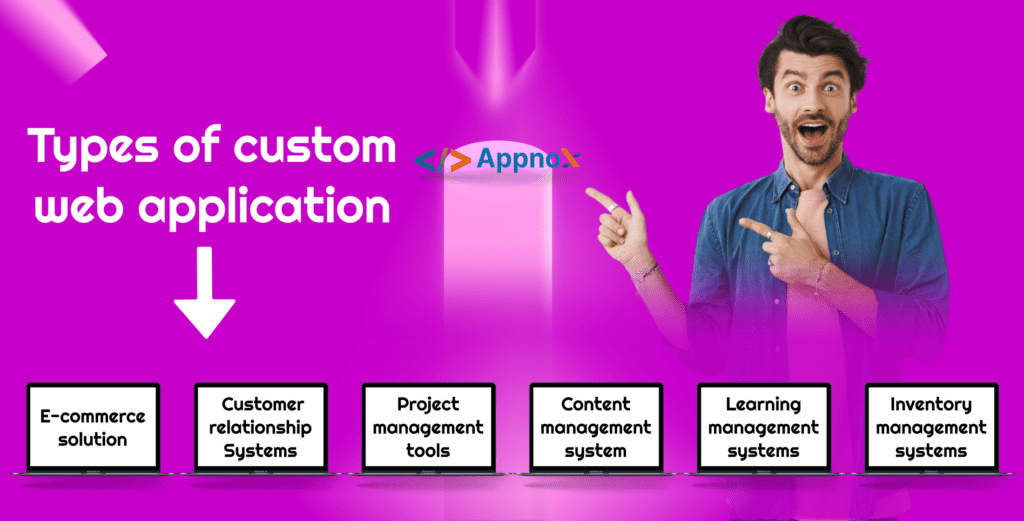
Custom web applications come in various types, each customized to meet specific business needs and goals. Some of the types of custom web applications are as follows:
Customer Relationship Management (CRM): A CRM tool allows you to efficiently track and manage sales funnels, marketing strategies, and customer engagement. It improves communication with customers, boosts their satisfaction, and bolsters your marketing and sales efforts.
Project Management Application: Custom project management tools help teams work better together and manage their tasks. These platforms enable teams to monitor tasks, due dates, and progress, guaranteeing that projects are finished promptly and within financial limits. Common features include task allocation, progress monitoring, and real-time collaboration, simplifying the process for teams to remain organized and productive.
E-commerce Application: E-commerce applications allow your newly opened enterprise to sell products or provide services online. They enable features like product catalog management, secure payment processing, order tracking, and customer reviews. They help the expansion of the business, customer base, and boost revenue.
Content Management System (CMS): CMS untangles the process of creating, managing, and publishing digital content. It strengthens startups to keep a dynamic website, refresh their content frequently, and connect with their audience. therefore it provides more flexibility, scalability, and control over website material.
Analytics and Reporting System: The analytics and reporting app provides assistance in collecting, analyzing, and visualizing data related to your business activities. It gives you insights into essential metrics, performance standings, and daily trends. It pillars data-driven decision-making, uncovers opportunities, and elevates operational efficiency.
Steps to Build a Custom Web Application Development
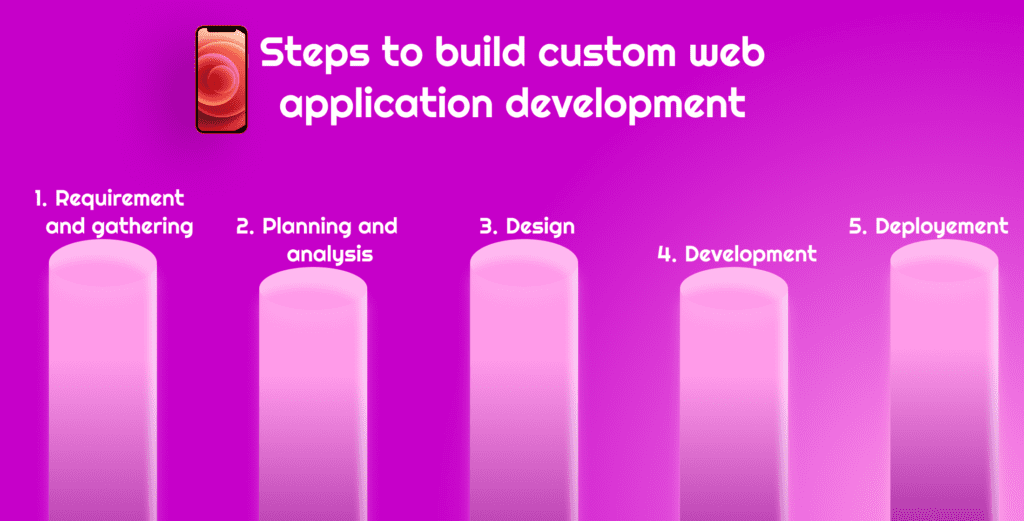
There are six major steps to build “Custom Web Application Development”:
1. Requirement Gathering
2. Planning and Analysis
3. Design
4. Development
5. Testing
6. Deployment and Maintenance
Requirement Gathering: Web applications follow a product development process similar to any other. It all pops up with the establishment of an idea. Given that your idea is designed to address potential clients’ current concerns, clearly defining it is a crucial first step in the web app development process. To assess the practicality of your concept, businesses should conduct comprehensive research on the target market, competitors, and audience.
Planning and Analysis: Stepping ahead, then it comes to planning and analysis after the fulfillment of the research phase. Planning should also include the clear notion of what exactly you want to build. As we put your plan out, we need to consider the following points:
- Setting Milestone
- Think of how the MVP should look and what should come next.
- Architectural plan
- Determining the stack technology.
- Form your web functionalities and workflows.
Design: During the design phase, web application aesthetics and functional elements are being created. Which includes wireframes, user interface (UI), and user experience (UX) layouts. The design should mainly focus on creating inherent and captivating content. Feedback from major stakeholders through this process is essential to make sure the design aligns with the respective business goals and user experience.
Development: During the phase of development of a custom web application, a skilled developer transforms the approved design and functional specifications into a fully functional application. Although this process involves coding the front and back end components, integrating necessary APIs and databases, and focusing on the scalability and security methods that are implemented. Time-to-time testing is conducted to identify and rectify any bugs or issues, making sure the application meets the high-quality standards before deployment.
Testing: Testing is a crucial step in the software development process, ensuring that the application functions correctly for users and clients. Before any modifications to a web application are uploaded to the hosting service, they must first undergo manual testing by a certified software developer, typically on an online server.
Deployment and Maintenance: The deployment phase encompasses the installation of servers, the setup of databases, and the verification that all components operate effectively in unison. After deployment, continuous maintenance and support are essential to maintain the application’s smooth operation. This entails tracking performance, implementing updates and fixes, handling user feedback, and resolving any technical problems quickly to guarantee optimal performance and user satisfaction over time.
Top 3 Custom Web Application Examples
Three of the best Customer Web Applications:
Airbnb: Airbnb developed a web application that takes advantage of accessibility. This platform enables users to search for or list properties for rent across multiple devices and browsers. Hosts can create a listing for their homes, treehouses, or castles by uploading photos on the web app. Likewise, travelers can book exceptional stays in destinations around the globe.
Salesforce: Salesforce, a leader in enterprise software, continues to impress with its web app design. This section explores Salesforce’s ability to provide a comprehensive toolkit alongside an intuitive user interface. It highlights the balance that must be maintained between the complexity of enterprise-level systems and their usability.
Trello: Trello’s card-based system has transformed project management through visual organization. Its emphasis on visual clarity and simplicity distinguishes Trello from other project management tools, featuring a card interface, board structure, and appealing aesthetics.
Tech Stack Required for Web Application Development
The technology stack used for developing a custom web application consists of multiple layers, each serving a specific role in the development process. Here are the key components of a typical web application technology stack:
- Components
- Technologies
- Front-End Framework
- React.js, Angular, Vue.js
- Back-End Language
- Python, Java, Ruby
- Back-End Framework
- Django, Spring Boot, Ruby on Rails, Laravel
- Database (Relational)
- MySQL, PostgreSQL, MS SQL
- Database (NoSQL)
- MongoDB,CouchDB
- Middleware & APIs
- RESTful APIs, GraphQL
The following factors are kept in consideration by the custom web app development team when choosing the app tech stack:
1. Performance expectations.
2. Rapid Development
3. Emphasis on Security
4. Integration Potential
5. Standards and Licensing – The chosen technologies adhere to industry standards, ensuring that licensing issues will not arise in the future.
The tech stack must seamlessly connect the application with any necessary third-party services or existing systems.
Additionally, it should meet the expected performance standards related to speed, real-time processing, and data management.
How Can I Find and Hire a Web Application Developer.
1. Clarify Your Project Needs: Before seeking a developer, clarify and define your project requirements, including its scope, features, technologies, timeline, and budget. A detailed project brief will ease the process of finding the right developer with the correct expertise.
2. Identify the Type of Developer Required: Depending on the specifications of your project, you need a front-end, back-end, or full-stack developer. Consider whether a freelancer, in-house developer, or development agency would be best suited to your needs.
3. Utilize Job Sites and Freelance Platforms: Job portals such as LinkedIn and Indeed favor advertising your requirements and uncovering potential candidates.
4. Evaluate Technical Skills and Experience: Find developers who have the caliber of technologies relevant to your work project, such as JavaScript, HTML/CSS, React, Angular, Node.js, PHP, or Python. Analyze their portfolios and past projects to assess their capabilities and the quality of their work.
5. Assess Interpersonal Skills: Strong communication, problem-solving skills, and teamwork are major strengths of a web application developer.
6. Conduct Technical Assessments: Organize technical interviews to check the developers’ knowledge and critical thinking skills. You might also give them a coding test. Try to utilize platforms like HackerRank or Codility for these types of assessments.
7. Consider Cultural Fit: It is important to make sure that a developer who is aligned with your company adapts to the culture and values, particularly for in-house roles. Evaluate their work style, adaptability, and how they manage with your existing team.
8. Request References: Ask candidates for references from the last organization or clients. Analyzing those references can offer insights into the developer’s reliability, work ethic, and ability to meet deadlines.
9. Discuss Terms and Compensation: After finding a marketable candidate, address the employment details such as working hours, project time, payment structure, and other basic requirements. Cross-check that their compensation matches the market rates for their skills and experience.
10. Start with a Trial Project: If possible, start the collaboration with a small project. This allows you to measure the developer’s potential and caliber with your team before committing to a long-term contract.
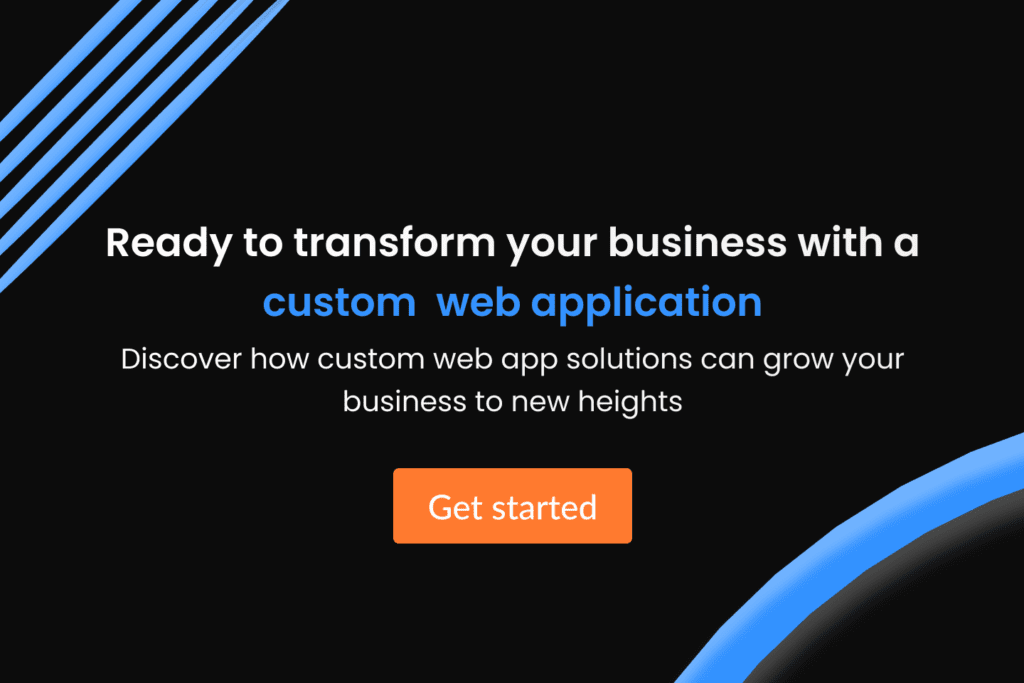
Conclusion
Custom web application development provides you with significant pros by offering tailored solutions that will meet the original needs of the business and users’ requirements. By following a structured framework, which includes requirement gathering, planning, design, development, testing, and deployment, you can create powerful and scalable applications that will elevate productivity and foster innovation.
Engaging web app development services for your tailored web application is a wise decision. Investing in personalized web development guarantees that you possess a strong and user-focused application that not only differentiates itself in a competitive landscape but also adjusts effortlessly to evolving technological needs and business goals.w
Found this post insightful? Don’t forget to share it with your network!

Get in Touch
Related Services
Read More Guides
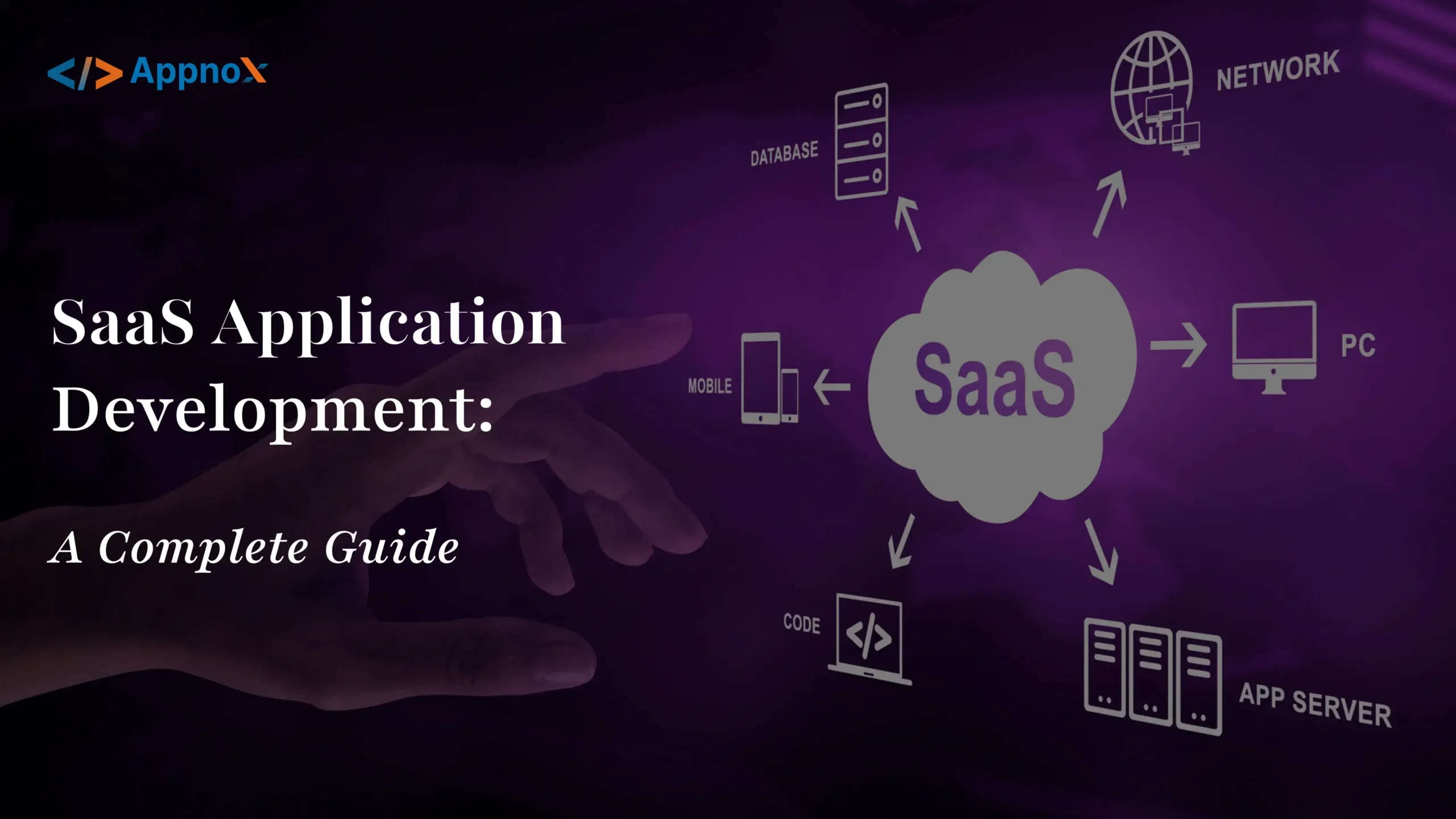
SaaS Application Development: A Complete Guide

Top 7 API Security Threats in 2025 You Can’t Miss
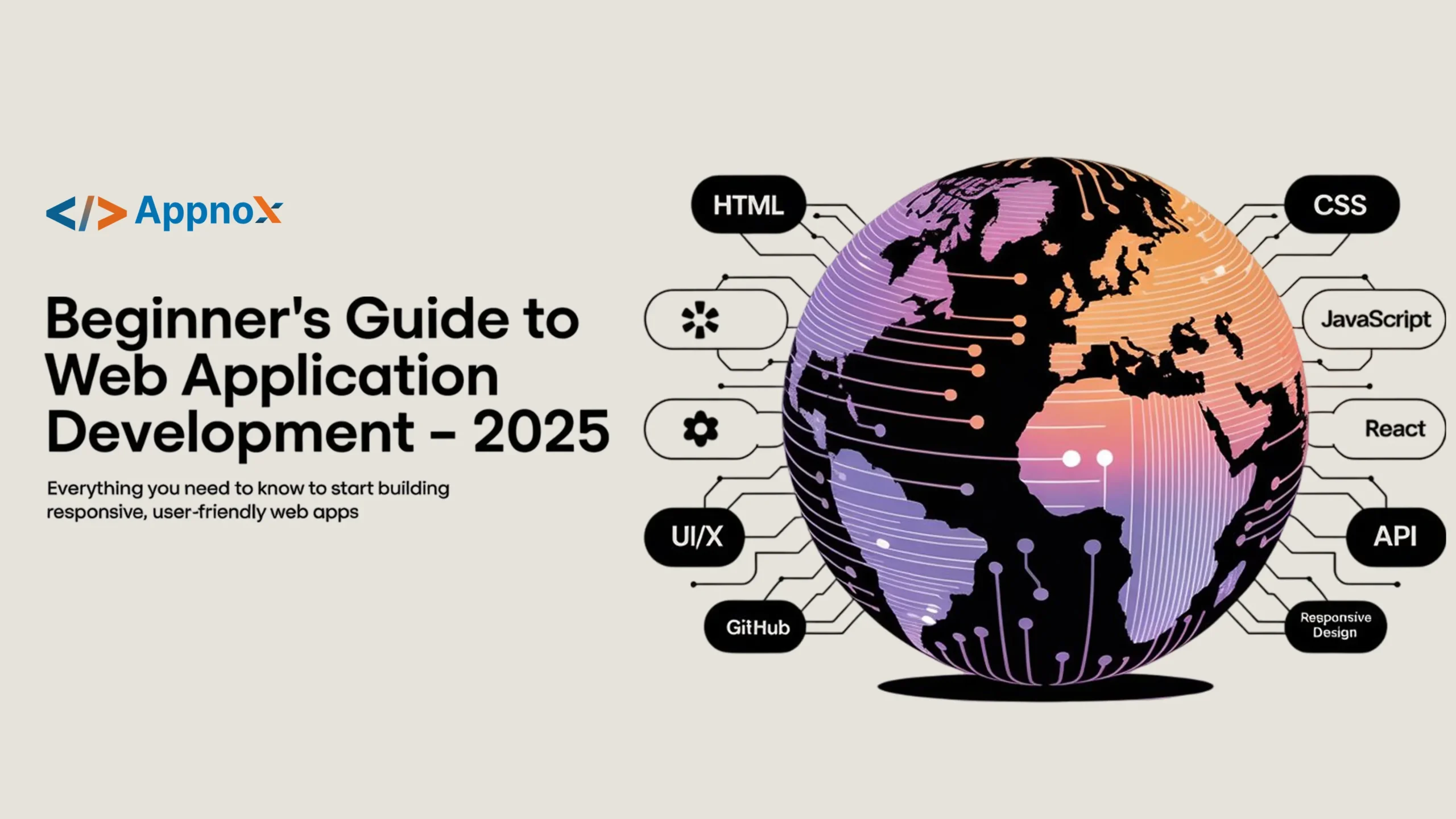
Beginner’s Guide to Web Application Development 2025


